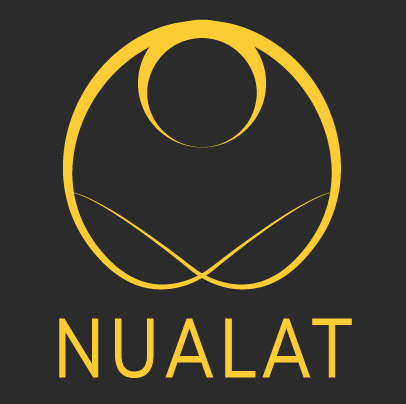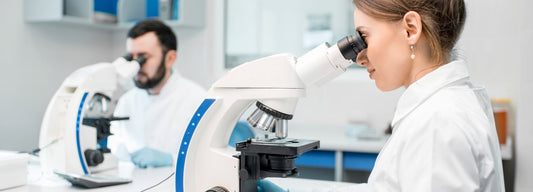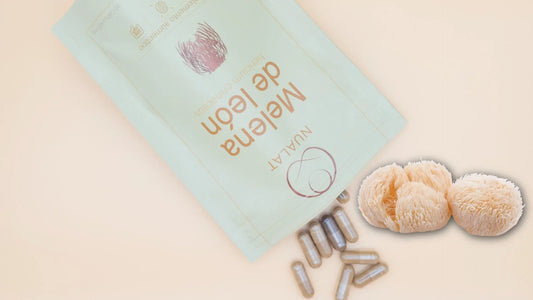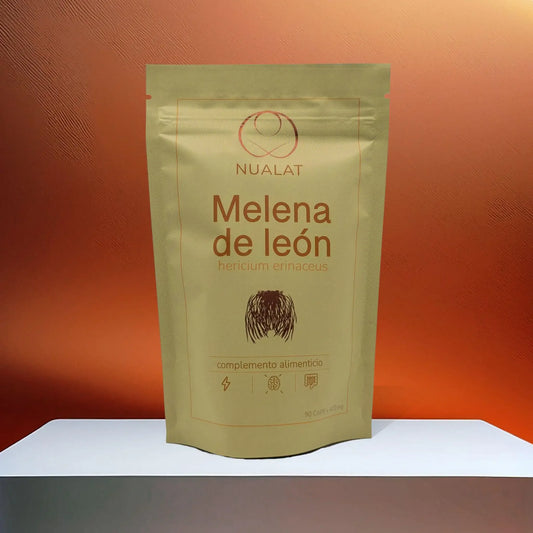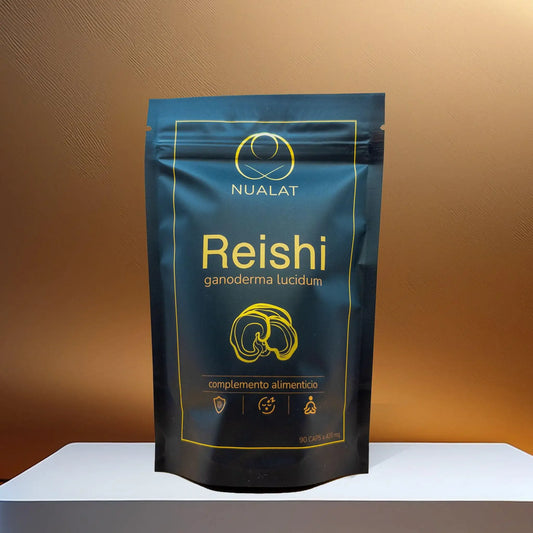
How to Read a Certificate of Analysis (COA) on Mushroom Extracts: A Practical Guide to Choosing Quality
Share
If a mushroom extract doesn't list its COA per batch, you don't really know what you're buying. A good COA ( certificate of analysis ) confirms three things: identity (it's the correct species), potency (how many β-glucans/triterpenes/key compounds are present), and safety (heavy metals, pesticides, and microbiology are within limits).
What to look for first? The COA must identify the batch , the analytical method used (e.g., HPLC for triterpenes in Reishi, enzymatic/megazyme, or HPLC for β-glucans), and the legal safety limits (EU/WHO).
Important : Two numbers rule the day for Reishi: % triterpenes and % β-glucans . For Lion's Mane, the answer is β-glucans + hericenones/erinacines profile (if the supplier quantifies it). If the COA only shows "total polysaccharides" without mentioning β-glucans, be suspicious.
What is a COA and why is it crucial?
A Certificate of Analysis is a document issued by an independent laboratory that verifies the identity, potency, and safety of a specific batch. Unlike a sales slip (generic promises), a COA is measurable proof : techniques, results, signatures, date, and batch number. In mushroom extracts, where products are mixed with mycelium, substrate, or fillers, the COA separates actual potency from marketing .
Identity: confirming that you are what you say you are
Search the COA:
-
Species and part used : Ganoderma lucidum (fruiting body), Hericium erinaceus (fruiting body).
-
Authenticity : Botanical/microscopic evidence or HPLC fingerprint typical of the species.
-
Traceability : date of analysis and laboratory with contact information.
Reasons for suspicion : generic species (“Ganoderma sp.”), or “mycelium + grain” without clarification.
Potency: How to interpret the active compounds
Reishi (Ganoderma lucidum)
-
Total triterpenes (measured by HPLC or validated colorimetric methods). These are differential markers of quality.
-
β-glucans : immunomodulatory fiber; best to report specifically β-(1→3)/(1→6)-D-glucans , not “total polysaccharides.”
-
Guideline ranges : There is no “universal minimum,” but a premium extract will typically declare clear values of β-glucans and quantified triterpenes (not “trace amounts”). Batch consistency is key.
Lion's Mane (Hericium erinaceus)
-
β-glucans (enzymatic/HPLC method).
-
Hericenones/Erinacines : Few suppliers quantify them because they require specific methods; if they appear, it is a sign of excellence .
Tip : If the COA only says “polysaccharides 40–50%” without specifying β-glucans, it’s probably measuring starch or other inactive fractions. For Reishi, always ask for triterpenes ; for Hericium, β-glucans , and, if possible, neuroactive compounds.
Safety: Heavy Metals, Pesticides, and Microbiology
Requires these sections:
-
Heavy metals (ICP-MS) : Arsenic (As), Lead (Pb), Cadmium (Cd), Mercury (Hg) with values below EU/WHO limits.
-
Pesticides : multi-residue screening (ideally by LC-MS/MS).
-
Microbiology : Salmonella absent; E. coli absent; molds/yeasts within GMP limits.
-
Others : PAHs (polycyclic aromatic hydrocarbons) and mycotoxins where applicable.
Reasons for suspicion : "It delivers" without demonstrating method or values . "It delivers" must be accompanied by numbers and technique.
Analytical Methods: Why They Matter
The method determines reliability:
-
HPLC : ideal for triterpenes (Reishi) and specific profiles.
-
Enzymatic/HPLC : for β-glucans ; be careful with methods that confuse inactive polysaccharides.
-
ICP-MS : standard for heavy metals.
-
LC-MS/MS : pesticides and traces.
A good COA names the method, the reference standard, and the limit of quantification.
How to detect "red flags" in 60 seconds
-
Only total polysaccharides appear → not very useful information.
-
No triterpenes in Reishi → key marker missing.
-
There is no external laboratory or no method listed → little transparency.
-
“Organic” without metal/pesticide testing → certification does not replace analysis .
Frequently asked questions.
-
What's a good % of β-glucans? It depends on the mushroom and the method. The important thing is that they are distinguishable from the total polysaccharides and that there is consistency from batch to batch .
-
Is 20:1 always better? No, the ratio is about performance, not potency . Potency = verified active ingredients .
-
COA from the supplier or the vendor? Better from an independent laboratory and
Case study: Quick reading of an “excellent” COA
-
Identity : “Ganoderma lucidum (fruiting body), Lot GL-2409, HPLC fingerprint”.
-
Potency : “β-glucans 28.5% (enzymatic), triterpenes 5.2% (HPLC)”.
-
Safety : “As <0.05 mg/kg, Pb <0.05 mg/kg, Cd <0.02 mg/kg, Hg <0.01 mg/kg (ICP-MS)”; "Salmonella: absent; E. coli: absent."
-
Methods : listed with quantification limits and accredited laboratory.
How Nualat fits in
Our policy is to always publish the COA and report key active compounds using appropriate methods (HPLC for triterpenes; enzymatic/HPLC for β-glucans; ICP-MS for metals). In addition, we trace species/parts ( fruiting body only) and maintain HACCP standards in processing. Transparency allows for objective comparison .
Buying by label is a gamble; buying by COA is a data-driven decision. If you want extracts that perform in the real world, ask for lab certificates. You can see ours here.
